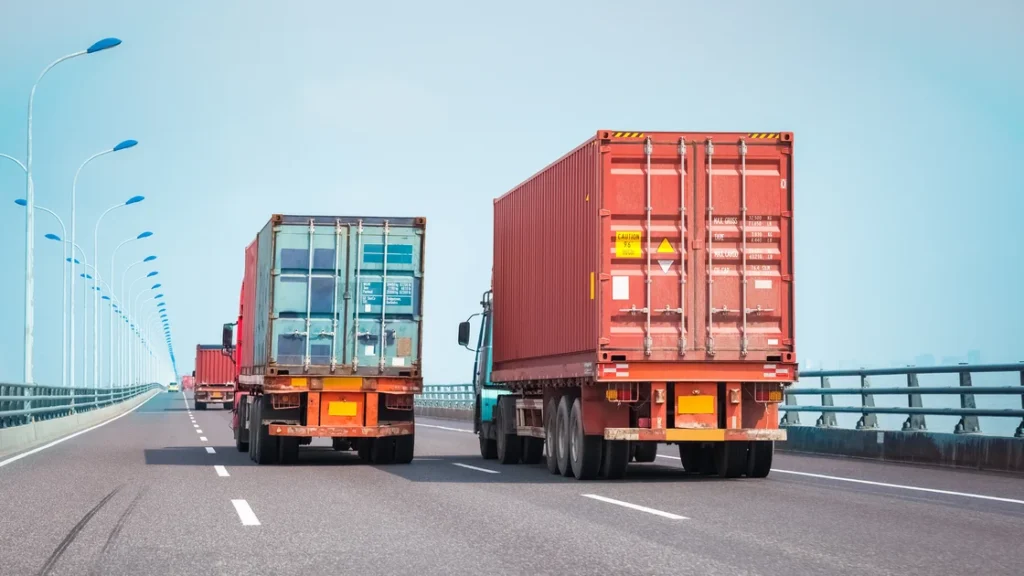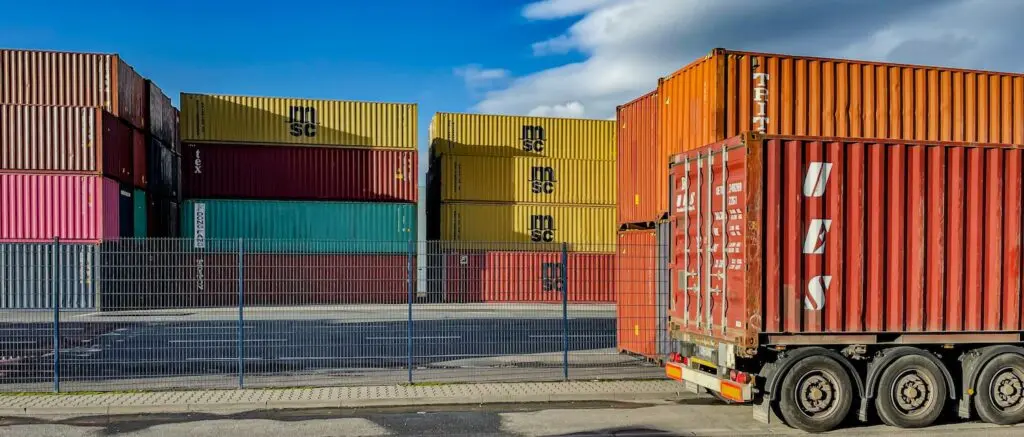Intermodal shipping is a crucial aspect of global logistics, allowing for the efficient transportation of goods across different modes of transportation. To ensure smooth and successful intermodal shipping, it’s essential to choose the right equipment. In this comprehensive guide, we’ll explore the types of intermodal equipment, factors to consider when choosing the right equipment, and provide expert insights on how to select the ideal container, chassis, and intermodal trailers.
Understanding the Basics of Intermodal Shipping
Intermodal shipping involves transporting goods in containers or trailers through multiple modes of transportation, such as ships, trains, and trucks. This type of shipping offers numerous benefits, including reduced transportation costs, increased efficiency, and improved security. The success of intermodal shipping depends on the quality and efficiency of the equipment used.
Types of Intermodal Equipment and Their Uses
There are several types of intermodal equipment used in shipping, including:
- Containers: Standard dry containers, refrigerated containers, and tank containers are commonly used for intermodal shipping.
- Chassis: A chassis is a platform that supports the container during transportation. Chassis are designed for specific modes of transportation, such as road, rail, or sea.
- Intermodal Trailers: Intermodal trailers are used to transport containers on trucks or trains.
- Flatcars: Flatcars are used to transport containers on trains.
- Container Ships: Container ships are specifically designed for intermodal shipping, with large cargo holds and the ability to handle large containers.
Factors to Consider When Choosing Intermodal Equipment
When choosing intermodal equipment, several factors should be considered, including:
- Container Size: Different containers are used for different cargo sizes and types. Ensure you choose the right container size for your needs.
- Type of Cargo: Different types of cargo require different types of containers. For example, refrigerated containers are needed for perishable goods.
- Mode of Transportation: Ensure the equipment you choose is suitable for the mode of transportation. For example, flatcars are designed for rail transportation.
- Budget: Intermodal equipment can vary greatly in price. Set a budget and choose equipment that meets your needs within that budget.
- Condition and Age: Consider the condition and age of the equipment. New or well-maintained equipment may be more expensive, but it provides better performance and reduced maintenance costs.
- Customization Options: Consider the level of customization required for your equipment. For example, you may need specialized containers for unique cargo.
- Certification and Compliance: Ensure the equipment you choose meets all necessary certification and compliance requirements.
Container Selection
Choosing the right container is crucial for successful intermodal shipping. Consider the following factors when selecting a container:
- Size: Choose a container that matches the size of your cargo.
- Type: Select a container that meets the specific requirements of your cargo, such as refrigerated or dry containers.
- Material: Containers are made from various materials, including steel, aluminum, and plastic. Choose a container that meets your needs and budget.
- Condition: Ensure the container is in good condition, with no significant signs of damage or wear.
Chassis Selection
Chassis are the foundation of intermodal shipping, supporting the container during transportation. When selecting a chassis, consider the following factors:
- Type: Choose a chassis designed for the specific mode of transportation, such as road, rail, or sea.
- Size: Match the chassis size to the size of the container.
- Material: Chassis can be made from various materials, including steel and aluminum. Choose a chassis that meets your needs and budget.
- Condition: Ensure the chassis is in good condition, with no significant signs of damage or wear. Open top containers
Intermodal Trailers and Containers

Intermodal trailers and containers are designed for efficient transportation on trucks or trains. When selecting these equipment, consider the following factors:
- Type: Choose a trailer or container designed for intermodal transportation.
- Size: Match the trailer or container size to the size of the cargo.
- Material: Intermodal trailers and containers are made from various materials, including steel and aluminum. Choose equipment that meets your needs and budget.
- Condition: Ensure the equipment is in good condition, with no significant signs of damage or wear.
Specialized Intermodal Equipment
In addition to standard containers and chassis, there are several specialized intermodal equipment options available, including:
- Refrigerated containers: Ideal for perishable goods, these containers maintain a consistent temperature during transportation.
- Tank containers: Designed for the transportation of liquids, these containers are made from durable materials and meet specific safety requirements.
- Flatcars with specialized containers: These equipment are designed for the transportation of oversized or heavy cargo.
Conclusion
Choosing the right equipment for intermodal shipping is crucial for successful and efficient transportation of goods. By understanding the basics of intermodal shipping, considering the factors discussed in this guide, and selecting the right container, chassis, and intermodal equipment, you can ensure smooth and effective intermodal shipping. Remember to consider customization options, certification, and compliance, and choose equipment that meets your specific needs. By investing in the right equipment, you can ensure the success of your logistics operations.
Call-to-Action (CTA): For more information on intermodal shipping and equipment selection, contact Equip Intermodal today. Our experienced team is dedicated to helping you find the right equipment for your needs.
Read More:


